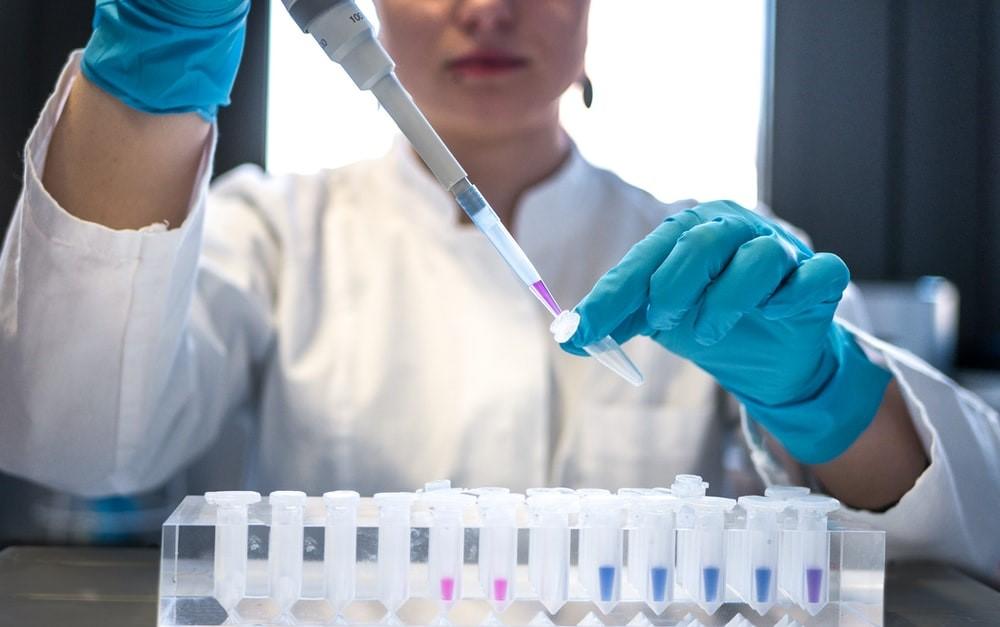The term "organic" describes compounds that have carbon atoms in them. Thus, "inorganic chemistry" refers to the area of chemistry that studies substances that do not contain carbon-hydrogen particles.
Simply put, it is the polar opposite of the organic branch of chemistry. Salts, chemical compounds, metals, etc., are all examples of substances that do not contain carbon-hydrogen bonds.
About 100,000 inorganic substances are proven to occur on this planet. Inorganic chemistry examines these substances' behaviors, features, physical attributes, and chemical makeup.
The periodic table's elements, except hydrogen and carbon, are included in the categories of inorganic substances.
Numerous elements are crucial to technology; nickel, copper, iron, and titanium, for instance, are employed in structural and electrical components.
Secondly, the transition elements combine with other metals to create many valuable alloys that are highly beneficial in today's world.

What Is Inorganic Chemistry the Study of?

Inorganic chemistry studies the characteristics and functions of inorganic substances that are found naturally on earth but do not have a carbon-hydrogen bonding. It is quite a complex subject.
Life depends on inorganic elements like minerals, water, oxygen, and carbon dioxide.
Among the chemistry branches is inorganic chemistry, which studies all elements after organic chemistry and is intended to research hydrocarbons before learning everything else.
According to this claim, inorganic chemistry encompasses all elements listed on the periodic table besides carbon, which plays a crucial part in the inorganic branch of chemistry.
These two fields of research are connected by the organometallic discipline, which deals with molecules with metal-carbon bonds and the activation of numerous organic reactions.
Bioinorganic chemistry connects biochemistry, and inorganic chemistry is widely used in medicine.
The inorganic study seems to be a broad field with numerous possible research topics and applications in real-world settings.
Ionic bonds link anions and cations to create the majority of inorganic molecules. Inorganic compounds have several types, including oxides, carbonates, sulfates, and halides.
Their high melting points can identify the majority of them. Consequently, the divisions of inorganic chemistry are now explained after the themes of the Sections in Organic Chemistry.
What Is The Difference Between Organic And Inorganic Chemistry?

The chemical reaction that takes place during the cleaning process is known as inorganic chemistry.
Be careful not to mix together inorganic and organic chemistry.
Technically, the distinction between inorganic vs. organic chemistry resides in the maximum number of coordination, with organic chemistry having a maximum of four and inorganic chemistry having more than four.
Inorganic chemists typically tackle issues to improve the materials' characteristics, structures, and responsiveness.
Therefore, they must think about a wonderful way to create, work with, and characterize inorganic chemicals.
What Are The Bases Of Inorganic Chemistry?
There are five sub-branches of inorganic chemistry at the moment. These insights are crucial for creating novel compounds with potential applications in daily life.
Furthermore, chemistry provided the fundamental building block for creating new inventions within the realm of industry, space, or technology.
| Branches of Inorganic Chemistry | Meaning |
|---|---|
| Nuclear Chemistry | Chemistry of positively charged nucleus |
| Theoretical Chemistry | Chemistry of chemical and physical observations |
| Geochemistry | Chemistry of Earth |
| Thermochemistry | Chemistry of heat |
| Solid-State Chemistry | Chemistry of Solid particles |
- Nuclear Chemistry
A positively charged nucleus with extra-nuclear electrons surrounding it makes up an atom.
Regardless of the reality that the atom's mass is almost wholly contained within it, the nucleus nonetheless has an impact.
Chemical behavior is affected by its effect on the quantity and, consequently, the configuration of an atom's electrons.
However, as movements in the atom's nucleus must be accompanied by chemical activity, it might be claimed that analysis of the nuclear or nucleus is more relevant than physics.
Additionally, the science of nuclear transition is within the realm of chemistry owing to the growing overlap between physics and chemistry.
Nuclear chemistry and nuclear processes are primarily concerned with radioactivity, which can occur spontaneously at any given time and cause atomic alterations.
Nuclear transformation and characteristics are real, yet some can be created in a facility through experimentation.
As previously mentioned, these modifications fall under the categories of (i) nuclear fusion, (ii) modifications brought on by nuclei bombardment, (iii) nuclear fission, and (iv) natural radioactivity.
- Theoretical Chemistry
Theoretical chemistry is a field of research that focuses on explaining atoms' physical and chemical observations.
This field of study is based on foundation physical laws that include the Virial Theorem, Columb's Law, and Kinetic Energy, all of which explain how an object gains energy from motion.
The proper conceptual framework or technique is required to explain an observation to lessen the extent of the theory's bias.
In other words, the right theoretical approach is needed when explaining an event to correlate it with the suitable theory level.
- Geochemistry

Geochemistry is a branch of science that uses chemistry to comprehend better how the earth system functions.
To put it another way, geochemistry is a branch of science that transcends earth studies with chemistry.
Organic geochemistry, biogeochemistry, elemental and trace geochemistry, and igneous and metamorphic rock geochemistry are some geochemistry subfields.
The term "geochemistry" was first used in 1838 by a renowned Swiss-German chemist who also predicted the emergence of a new study field.
"In a word, a relative geochemistry ought to be launched, before geochemistry can become geology, and before the mystery of the genesis of our planets and their inorganic matter may be revealed," as stated by Christian Friedrich Schönbein.
- Thermochemistry
The term "thermochemistry" refers to the science of heat variations accompanied by chemical reactions.
All chemical compounds or elements possess intrinsic energy typically expressed as heat that can vary in intensity depending on the chemical reactions.
Any chemical structure has energy, whether made up of something like a specific element or a cluster of substances.
This fueled energy is affected by the material's mass, chemical composition, and the physical system's state.
Till a reaction happens, this situation won't change. As a result, the reaction's creation will result in a pure substance with various intrinsic energies.
If no additional work has taken place, the drop in total energy would be equivalent to the evolved heat, or conversely, even if we do not know the precise value of all the energies in intrinsic activity.
This change in energy occurs when the original system enters a new phase.
The exothermic reaction happens when a process releases heat, whereas endothermic occurs when a body absorbs heat.
- Solid-State Chemistry
Typically, the concept "Solid state chemistry" refers to the research of the structure, synthesis, and characteristics of solid-state materials, especially, but not solely, of non-molecular particles in solid form.
Furthermore, solid phase chemistry is primarily about comprehending the events that occur during the growth and formation of particles and their implementation into the control and prediction of crystal perfection and morphology.
Solid phase inorganic chemistry is a relatively broad field of chemistry with extensive techniques.
Many strategies are used in synthesizing state molecules: furnace methods, melt procedures, the solution applied, gas reactions, and materials that are air sensitive and moisture.
Since solid state chemicals differ in their characteristics, each approach has a unique advantage.
Discover effective online chemistry lessons and learn with a professional tutor on Superprof!
What Is The Importance Of Inorganic Chemistry In Our Daily Life?
The periods of human life, starting with the Middle Ages, are called after the artificial metals that were most often used throughout that time.
Numerous commonplace goods, including automobiles, machinery, tools, weaponry, kitchenware, and all electrical devices, such as desktops, cell phones, and televisions, are made of metal.
Only a small number of metals are discovered in their original state; the majority are discovered in oxides and silicates, where they must be separated from the materials to be used.
Inorganic chemistry is used in a variety of ways in our daily life, such as in:
- Metals
- Pigments
- Vitamins
- Detergents etc.
Why Choose Superprof For Your Classes?
If you have made up your mind on learning about inorganic chemistry, then Superprof is the best place to begin. You will find some of the best online tutors worldwide and in your local region. To find local help, explore chemistry tutors near me.
They are highly qualified and have years' worth of experience to assist you with your studies.
In addition, your personal tutors will help create a customized schedule for you according to your requirements and personality.
Therefore, contact us now to get you in touch with the most reputable and well-known private tutors in their respective fields.
Don't let distance or time constraints hold you back – enroll in a convenient chemistry class today.
Résumer avec l'IA :















